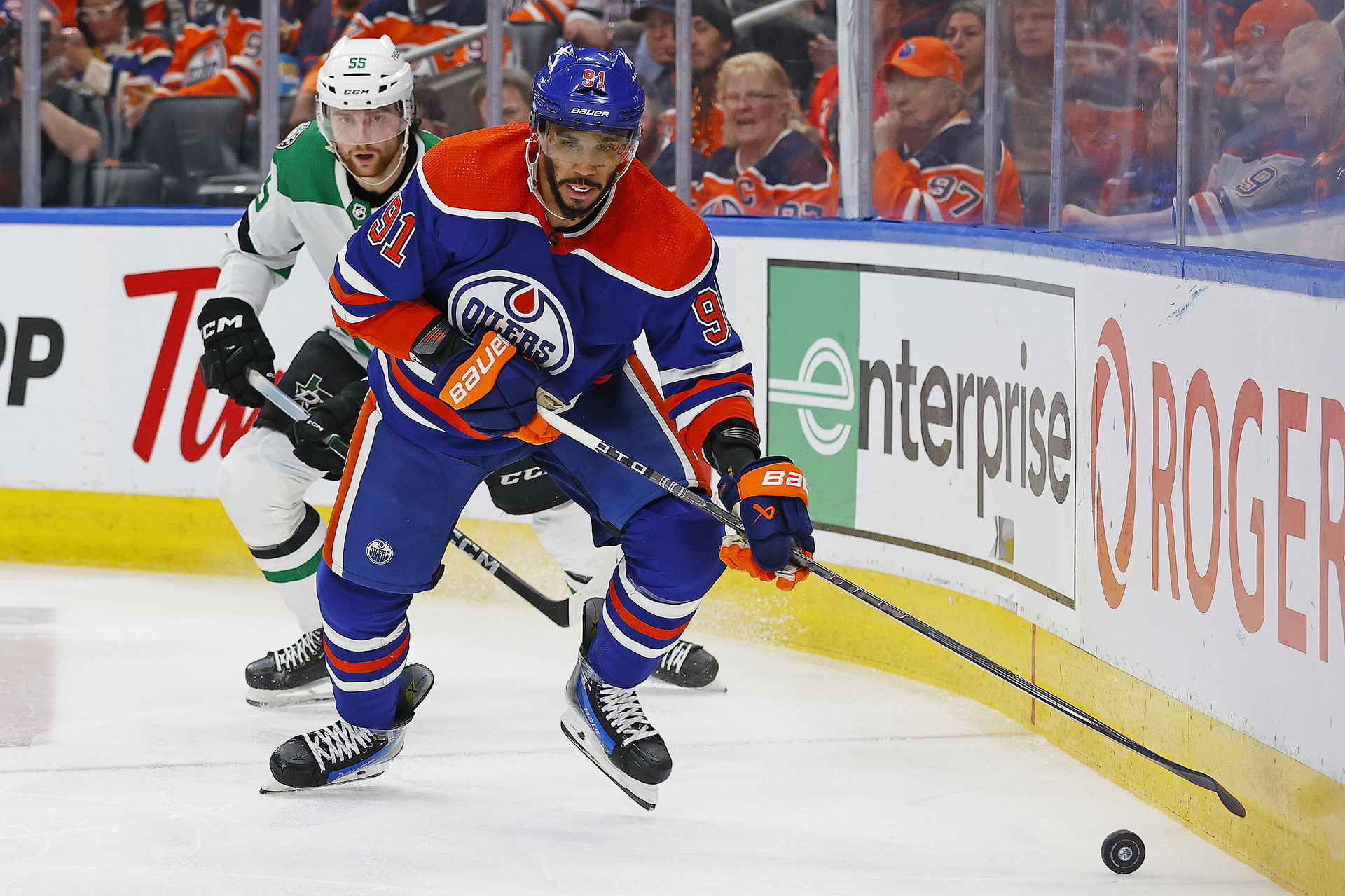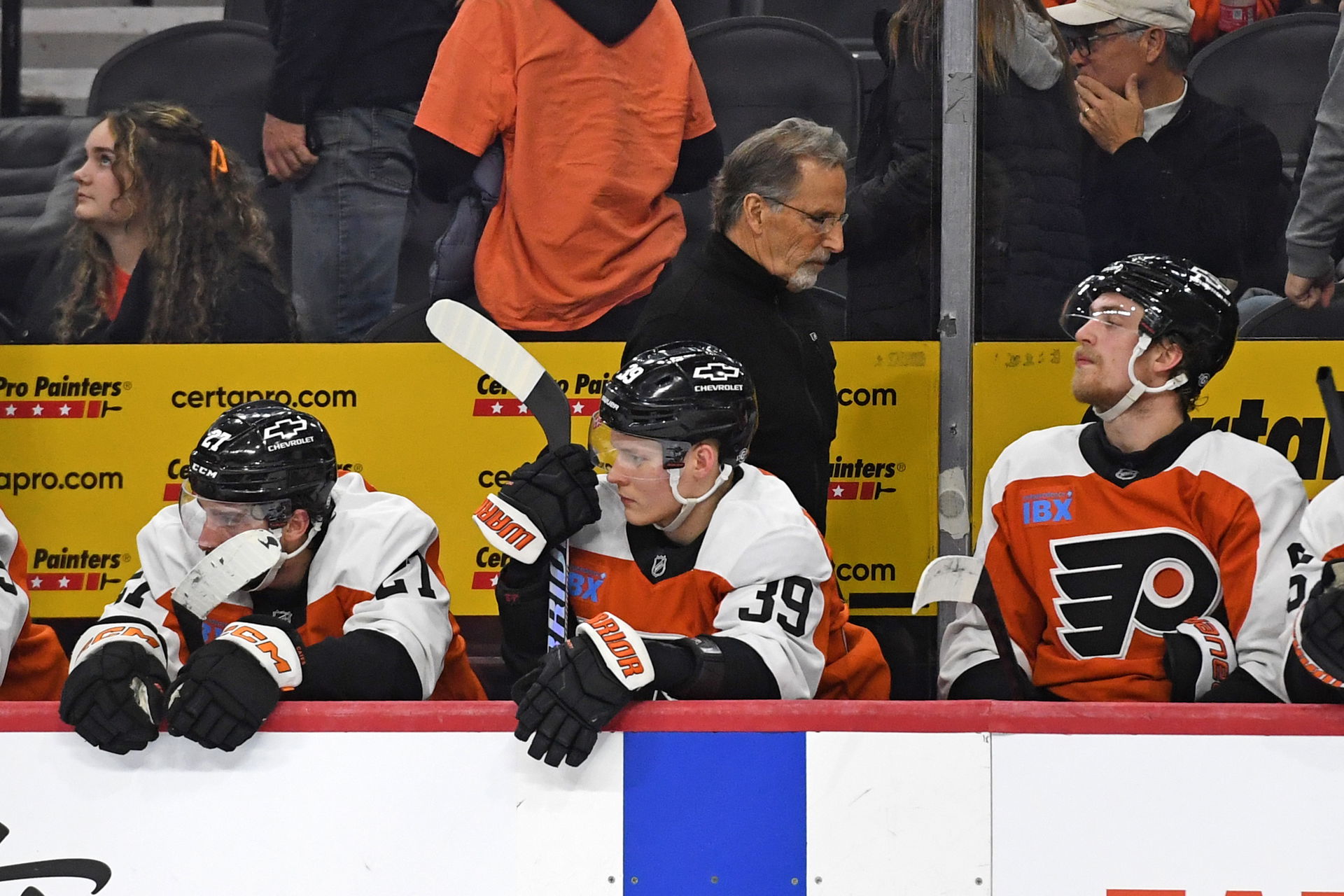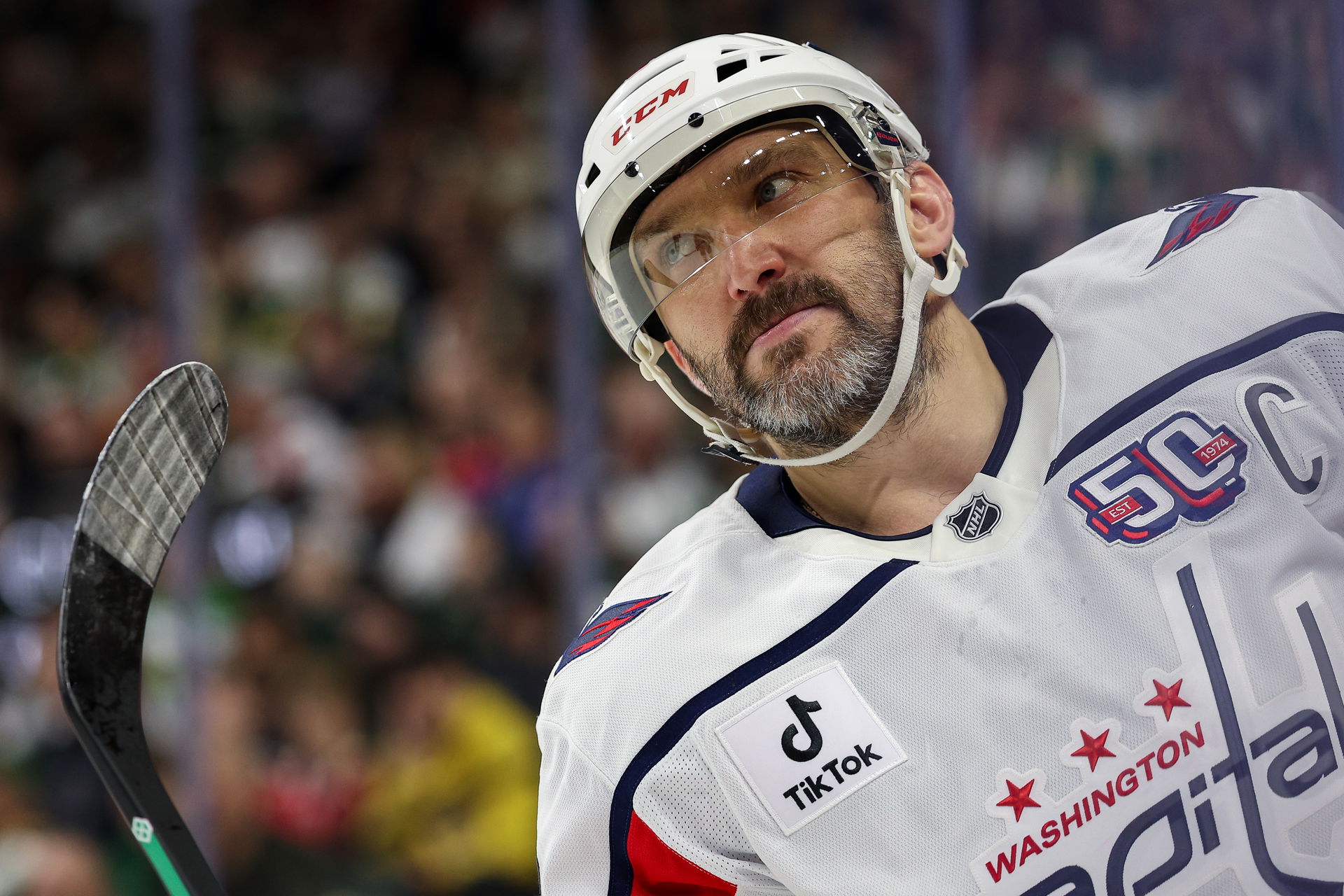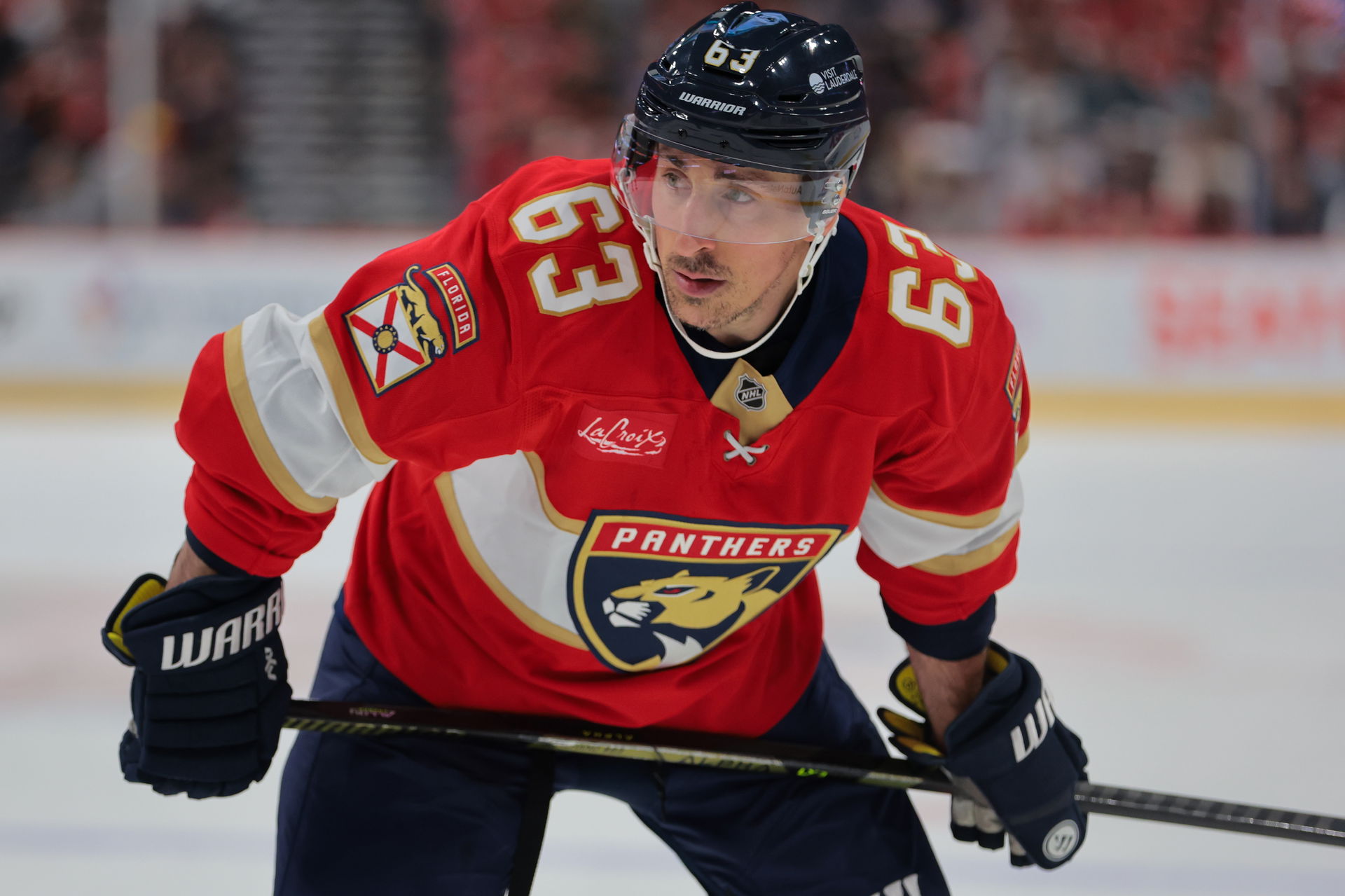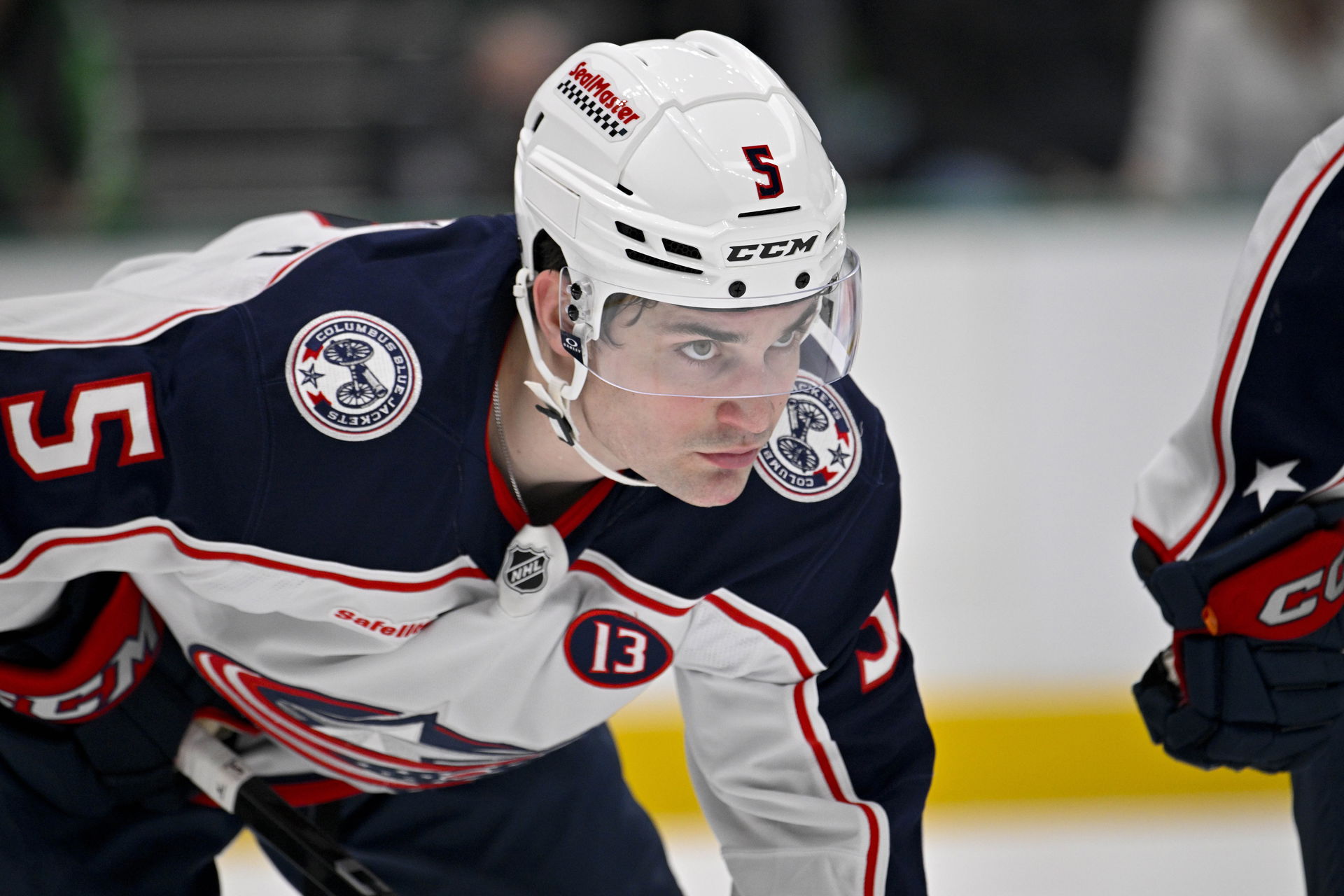
NHL Off-Season Outlook: Will the St. Louis Blues Rebound Next Year?
Have the St. Louis Blues done enough to make it back to the playoffs next season? Adam Proteau isn't so sure.
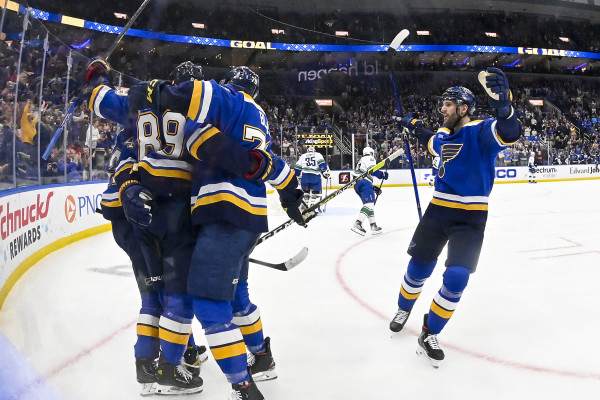
This is the latest in THN.com’s “off-season outlook” series, in which we’re analyzing. in alphabetical order, every NHL team’s most recent season, as well as the team’s strengths and weaknesses heading into the 2023-24 campaign. Today, we’re breaking down the St. Louis Blues.
2022-23 Grade: C
Biggest Positive Heading Into the Off-Season
The Blues stumbled out of the gate this past season, dropping eight straight games in their first 11, and they never quite could pull themselves out of the crater of their own making. Knowing a non-playoff team when he saw one, St. Louis GM Doug Armstrong sent a pair of his longtime key veterans – captain Ryan O’Reilly and winger Vladimir Tarasenko – to Stanley Cup contenders in trades that helped the Blues on the prospect and draft pick front.
But, rather than continuing to strip down his roster this off-season, Armstrong has added pieces, clearly envisioning being back in the top four of the Central Division. Those added pieces include center Kevin Hayes, landed in a trade from Philadelphia, and anticipated full seasons from winger Kasperi Kapanen and Jakub Vrana, both of who performed well in their short stints for St. Louis at the end of 2022-23.
That said, the Blues, even after the changes, are a very old team – up front, Hayes and center Brayden Schenn are each 31 years old, and on defense, their top five blueliners (Nick Leddy, Torey Krug, Justin Faulk, Colton Parayko, and Marco Scandella) are all between the ages of 30 and 33.
This isn’t to say St. Louis doesn’t have some elite young talent, but the core of the team is nearing the back nine of their careers, and Armstrong wants to build for the future in a retooling-on-the-fly of sorts. That’s an approach this writer has criticized when certain other teams have tried it, but in the Blues’ case, you can see why management thought they could jolt the team back into playoff contention with a little more patience, good health and improved consistency.
With veterans Schenn, Brandon Saad, Pavel Buchnevich and Sammy Blais each playing well in their roles, and with 25-year-old winger Jordan Kyrou leading the Blues in scoring with 37 goals and 73 points in 79 games, and center Robert Thomas leading the team in assists with 47 in 73 games, St. Louis has a well-balanced forwards attack. And although there have been trade rumors concerning D-men Torey Krug and Colton Parayko, we don’t see Armstrong giving up both of them. They’re built to win now, and with only $810,000 in salary cap space, the Blues will have to go money-in and money-out in any mid-season trades.
For better or worse, St. Louis is locked into the team it is today – and if there’s more disappointment ahead, we may see Armstrong going scorched-earth for 2024-25. But he’s pleased enough with what he has and has the respect and trust of Blues fans, so he’s using it to find out exactly what this roster is made of.
Biggest Need Heading Into the Off-Season
Considering the struggles of starting goaltender Jordan Binnington (3.31 goals-against average, .894 save percentage in 61 games last season), you couldn’t fault the Blues for looking for a veteran understudy in replacement of the newly retired Thomas Greiss. However, that’s not what’s taken place this summer.
At the moment, St. Louis’ second-best goalie is 22-year-old rookie Joel Hofer, and he has only eight games of NHL experience. If Binnington wobbles early on in the year, asking Hofer to carry the load carries massive expectations, and Hofer may not be able to handle it. Armstrong did sign UFA journeyman Malcolm Subban to a one-year deal, but there could be upgrades from Subban that come available.
As the free agent class of 2023 dwindles through and beyond mid-July, there are still some experienced goalies not under contract to any team. Would 38-year-old Jaroslav Halak come back for a second tour of duty in St. Louis?
His individual numbers with the New York Rangers last year (2.72 GAA, .903 SP) weren’t bad at all, and he’d be coming to a Blues team that’s at least the equal of the Rangers in terms of defense. In any case, there’s bound to be options in goal for Armstrong to consider at one point or another this year, and we can see him wanting netminding insurance, whether or not they wind up in the playoffs.
Bottom Line for St. Louis This Off-Season
As regular readers know, the “mushy middle” is the worst place for an NHL team to be. While we’re not here to tell you the Blues aren’t going to be good enough for the playoffs and too good to land a top-five draft pick, we are saying that’s a potential outcome of Armstrong’s team right now. St. Louis finished 14 points out of a playoff spot last year, but in a Central Division where we see Winnipeg and Nashville taking a competitive step backward, a top-four position is also a potential outcome for the roster the Blues have today.
St. Louis isn’t a pushover team. They’ve got too much pride to be one of those. The problems for them will come if there are more injuries, and/or if their best players aren’t at the top of their game. Binnington, in particular, needs a big rebound year. If he falters, the Blues may not have enough strength in other places to make up for it.

